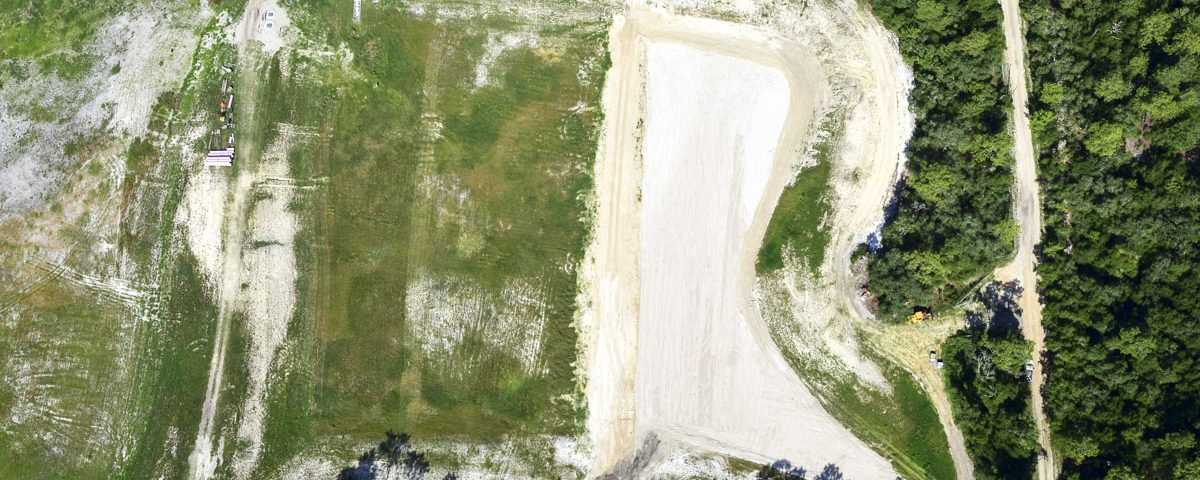Innovative pilot project to evaluate nitrate removal from treated wastewater

Innovative pilot project to evaluate nitrate removal from treated wastewater
PALATKA, Fla., Aug. 19, 2016 — Construction is underway on an innovative pilot project in DeLand to help with nitrogen accumulations in the Volusia Blue Spring springshed. The project is a cost-share partnership between the city of DeLand, the St. Johns River Water Management District and the Florida Department of Environmental Protection.
“This pilot project is an exciting example of a local government investigating an emerging technology that may result in opportunities for other communities to implement an innovative wastewater treatment technique,” said St. Johns River Water Management District Executive Director Dr. Ann Shortelle. “If the pilot project is successful, we could see nitrogen reductions of 1,352 pounds per year in the Volusia Blue Spring springshed – that’s a big deal!”
“I congratulate the city of Deland for exploring new and innovative ways to protect the state’s springs,” said Drew Bartlett, DEP deputy secretary for ecosystem restoration. “Biologically Activated Media is a very promising technology that I’m certain will play an important role across the state in addressing nitrate pollution.”
“The city of DeLand is pleased to participate in a large scale test of BAM,” said Keith Riger, city of DeLand public services director. “Its effectiveness in removing nitrogen from stormwater has been documented. Our intent is to assist FDEP, the district and researchers from the University of Central Florida to evaluate its potential to remove significant quantities of nutrients from effluent from an advanced secondary treatment wastewater plant and establish loading and design criteria for more widespread use of this technology.”
The project involves layering the bottom of a rapid infiltration basin (RIB) in DeLand with a mixture of natural clay and sand material and recycled tire particles that are free of metals, called bio-sorption activated media (BAM). In research environments, BAM has been used to show the potential for removing nitrogen from domestic wastewater. The results showed an average of 70 percent removal of nutrients.
The pilot project calls for half of the RIB to contain the BAM mixture, while the other half will not. Its success will be measured by the percent reduction in wastewater nitrogen and the rate at which the mixture removes nitrogen before the water mixes with groundwater.

